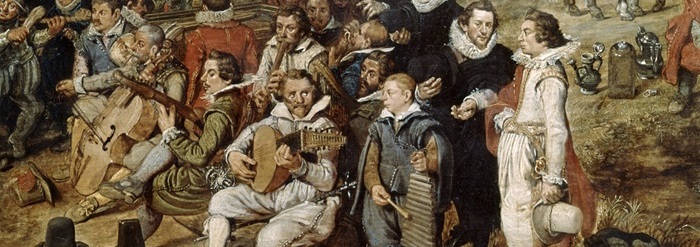
The oud or, in Arabic, al-ʿūd, is probably best known in the west for being the predecessor of the European lute; but it does have an independent life of its own in the history of early music, rooted in medieval cultural exchange between east and west. We know, for example, that ouds played an important part in the musical life of the royal court of Castile (in modern Spain) in the 13th century and, by extension, almost certainly Iberian musical life in general. But was the oud fretted, unfretted, or both? How did western musicians come to play an eastern instrument? And did the oud really originate in desiccated human remains?


